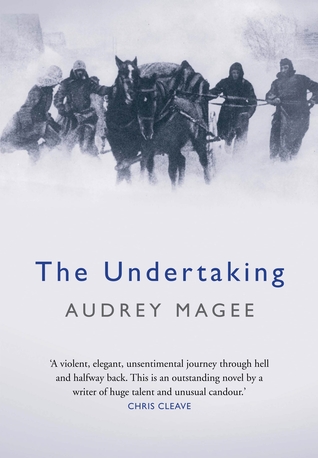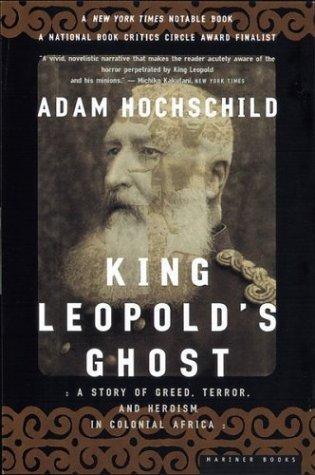The setting (to start) is New York City in 1889. Our main characters are two very different types of women who are doing something pretty radical at the time, being journalists.
Nellie Bly is a pretty famous journalist by the time the book starts. She did a ground breaking piece of journalism when she went undercover in an insane asylum to expose the horrible treatment of patients. (Does anyone watch Drunk History? They profiled this story using Laura Dern and it was pretty great. I love that show. Oh my gosh. Here's the (probably) uncensored youtube clip.) She's also worked undercover in a paper box making factory, as a chorus girl, and as a patient in a horrifying city hospital. She was determined to never have to rely on anyone other then herself for income, after becoming impoverished after her father's early death which meant a life of extreme poverty for she and her mother.
16 years before the French novelist Jules Verne took readers around the world in 80 days with his novel of Phineas Fogg's adventure. Nellie says she can do it in 75 days, She pitches it to her bosses at The World, and after a year they agree to send her. She has less than a week to prepare....
The other stare of this show is Elisabeth Bisland. She grew up in genteel poverty in New Orleans before moving to New York. Her journalistic style was very different from Nellie's. Elisabeth wrote a column called "In the Library" where she talked about a great range of books. She and her sister would hold literary chats in the living room of their small New York apartments. When the newspaper she worked for, The Cosmopolitan, heard about Nellie's adventure around the world they decided Elisabeth needed to race her. She had literally one day to prepare. She left 9 hours after Nellie. (Nellie didn't know this "race" with Elisabeth was happening until well into the trip. She basically didn't acknowledge the existence of it at all. She said she only was "racing against time".
They took almost the same route but in opposite directions. Elisabeth first went across the United States by train, then a boat across the Pacific, from Japan to Hong Kong, to Madagascar to (what's now) Yemen, through the Suez Canal, through Italy, to London and then finally back to New York Harbor by boat. Nellie started with the Atlantic ride. Though they never were in contact with each other their boats passed each other in the South China Sea during the third week of December.
There was sea sickness, a terrible pet monkey, a lot of uncomfortable feelings in China, lots of love for Japan, and a lot of running through train stations through Europe. Nellie even gets to meet Jules Verne and his lovely wife at a very brief stop in France!
Am I going to tell you who wins? No. Do they both survive? Yes. (Though the man who captain's the ship the last leg of Elisabeth's journey through the Atlantic was the captain of the ill fated Lusitania.) Will I tell you if it was close or not? I will, and it was close.
In case any book publisher, newspaper magnate, magazine titan or anyone of the like is reading this I would be more than willing to undertake this journey and see how fast it could be done now. I would even do it without airplanes. Find my contact info on the About Me page on the top. Thanks! :)
I thought this book was exciting and fun! I can't believe that I hadn't heard about this race before. I was guessing right up until the end about who would win! I give it 3.5 out of 5 stars!
















